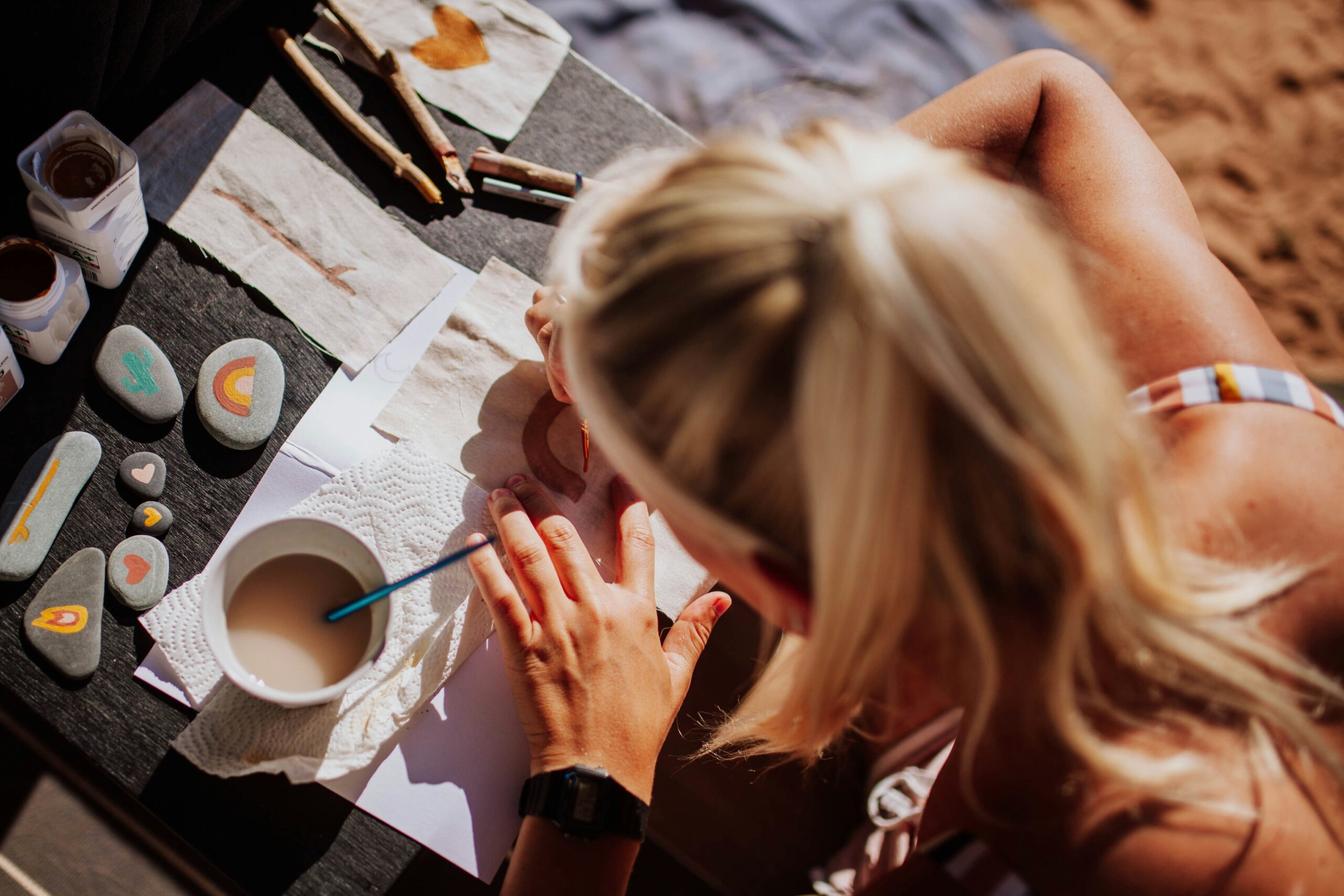
Painting is a creative and rewarding hobby that enables individuals to express their thoughts and emotions through the use of colors and strokes. Whether you are a complete novice or someone looking to refine your skills, exploring different painting techniques can be an exciting journey. This article provides an introduction to some essential painting techniques, offering guidance on how to get started and what to focus on for a successful experience.
Choosing the Right Medium
One of the first steps in exploring painting techniques is deciding which medium to work with. There are several options available, each offering unique characteristics and styles. Watercolors, acrylics, and oils are among the most popular mediums. Watercolor painting is known for its fluidity and transparency, making it perfect for creating soft, dreamy effects. They dry quickly, making them an excellent choice for beginners. Oil paints, on the other hand, offer rich colors and a slow drying time, giving you more room to blend and refine your work.
When selecting a medium, consider the type of work you want to create. If you’re new to painting, acrylics might be the best choice because they are easy to handle and clean. However, as you grow more comfortable, experimenting with different mediums can provide you with new textures and techniques to expand your creativity.
Mastering Brush Strokes and Techniques
Brushwork plays a pivotal role in painting, and mastering various brush strokes is crucial for creating the desired effects in your artwork. Different brushstrokes can bring different emotions and textures to your painting, so it’s essential to practice. For example, short, quick strokes can create texture, while long, sweeping strokes are ideal for smooth transitions and soft blends.
You can also experiment with various brushes. It’s essential to begin with basic strokes and gradually experiment with varying pressures, speeds, and angles. As you gain more confidence, you can explore more advanced techniques, such as glazing, dry brushing, or layering, which can add depth and richness to your work.
Understanding Color Theory
Color is one of the most essential elements in painting. Beginners should focus on understanding the basics of color theory to create harmonious compositions. The color wheel is a great tool to start with, helping you understand primary, secondary, and tertiary colors, as well as complementary, analogous, and triadic color schemes. For instance, pairing complementary colors, such as blue and orange, can create vibrant contrasts that make your painting pop.
Furthermore, learning about color temperature is essential. Warm colors, such as reds and yellows, often convey energy and warmth, while cool colors, like blues and greens, can create a calm and soothing atmosphere. By carefully selecting your colors, you can establish the tone and mood of your artwork and influence the viewer’s emotions.
Practicing Layering and Glazing
Layering and glazing are two fundamental techniques that can enhance the depth and texture of your painting. Layering involves applying multiple coats of paint, allowing each layer to dry before adding the next. This technique adds dimension and richness to your work, especially when using acrylics or oils. For instance, starting with a base layer of a neutral tone and then adding layers of color on top can create a sense of depth and perspective.
Glazing, on the other hand, involves applying a thin, transparent layer of paint over a dry layer to modify its color and add a soft sheen. This technique is beneficial when working with oils, but it can also be applied to acrylics by mixing them with a glazing medium. By incorporating layering and glazing into your technique, you can produce paintings with vibrant colors and intricate details.
Experimenting with Texture
Texture is an essential element that can bring your painting to life. Impasto is a technique where thick layers of paint are applied to the canvas, creating a raised effect. This method adds depth and a three-dimensional quality to your work, giving it a tactile and expressive feel.
You can also experiment with other textural effects by using tools like palette knives, sponges, or even your hands to manipulate the paint. This adds a unique, personal touch to your artwork, helping you break free from traditional brushwork and explore new and exciting ways to express your creativity.
Exploring painting techniques for beginners is an enriching experience that allows you to develop both technical skills and personal expression. As you practice different methods and experiment with various mediums, you’ll begin to see your unique style emerge. Whether you choose to start with acrylics, focus on mastering brushwork, or experiment with texture and layering, there is no limit to what you can achieve. Remember to be patient with yourself and enjoy the process of learning and growing as an artist. With time and dedication, your skills will flourish, and you will be able to create paintings that truly reflect your vision and creativity.